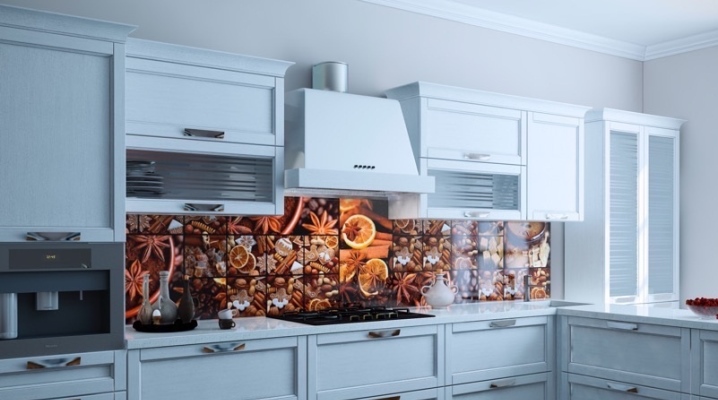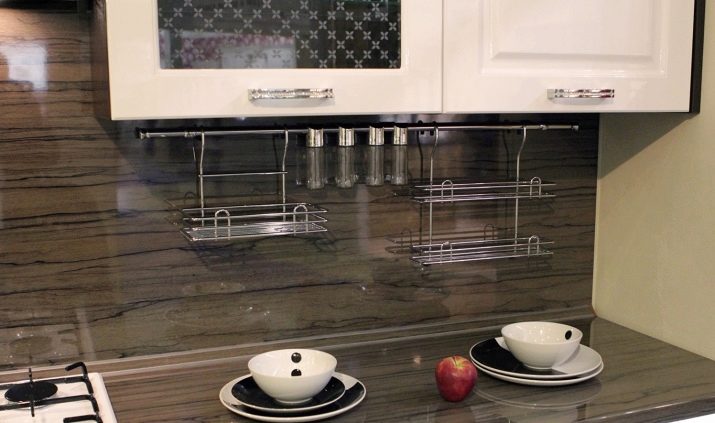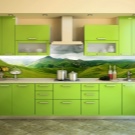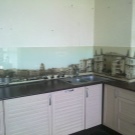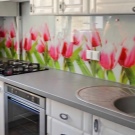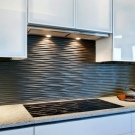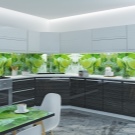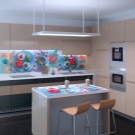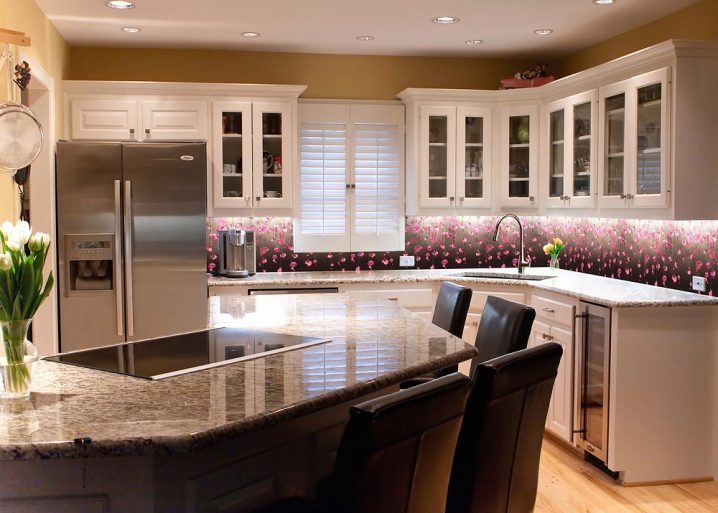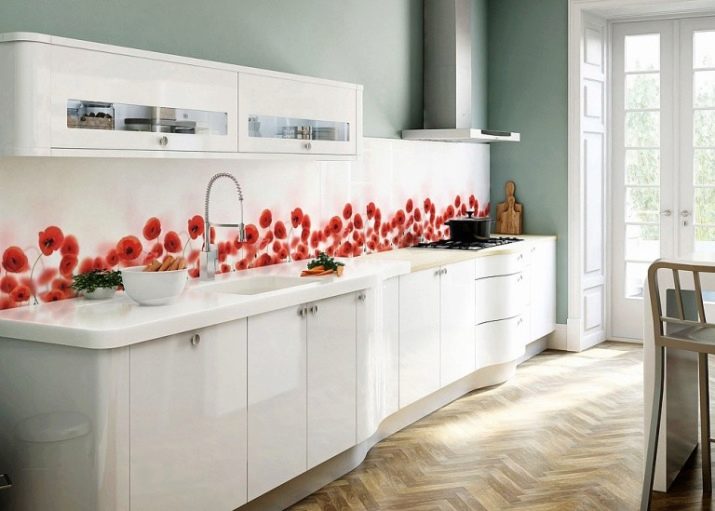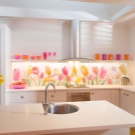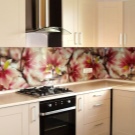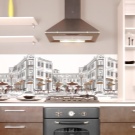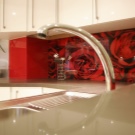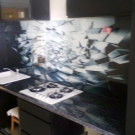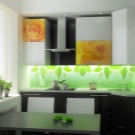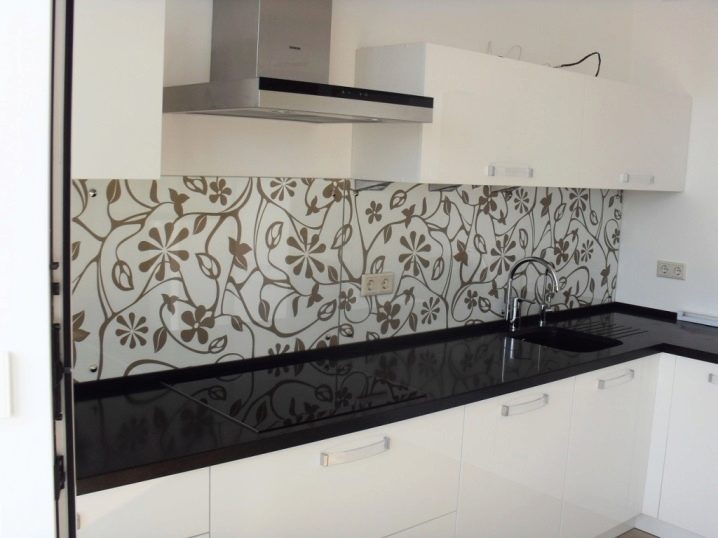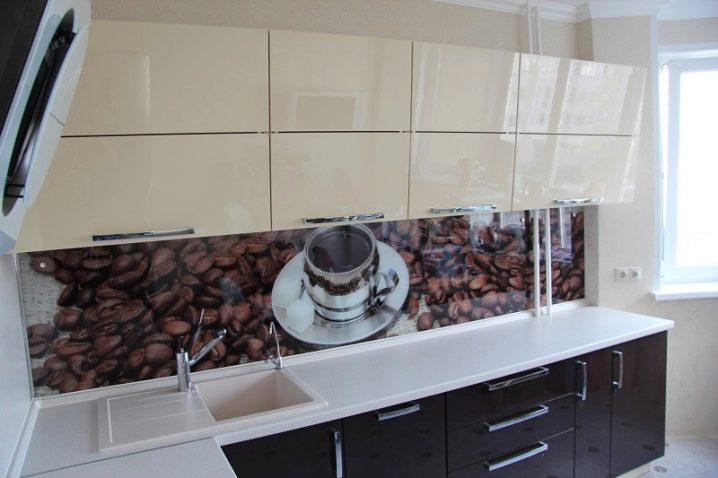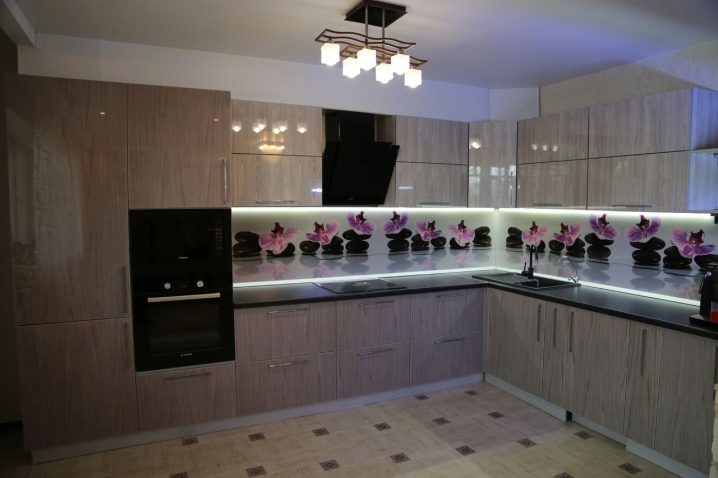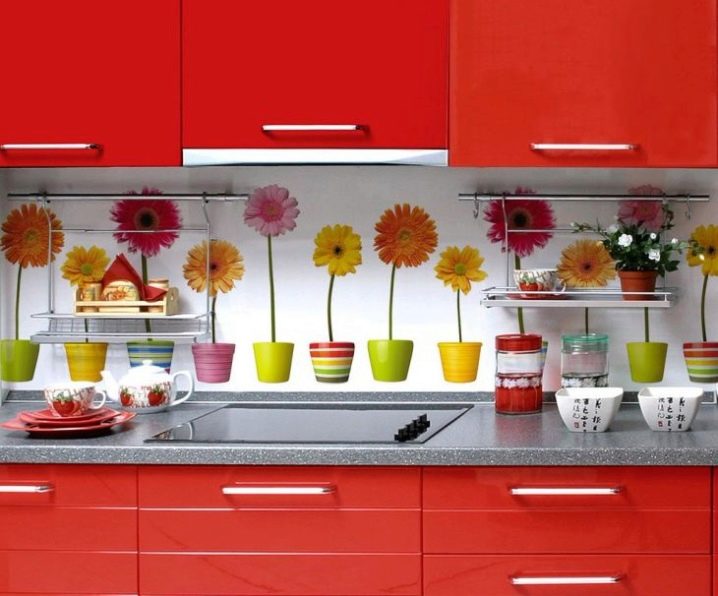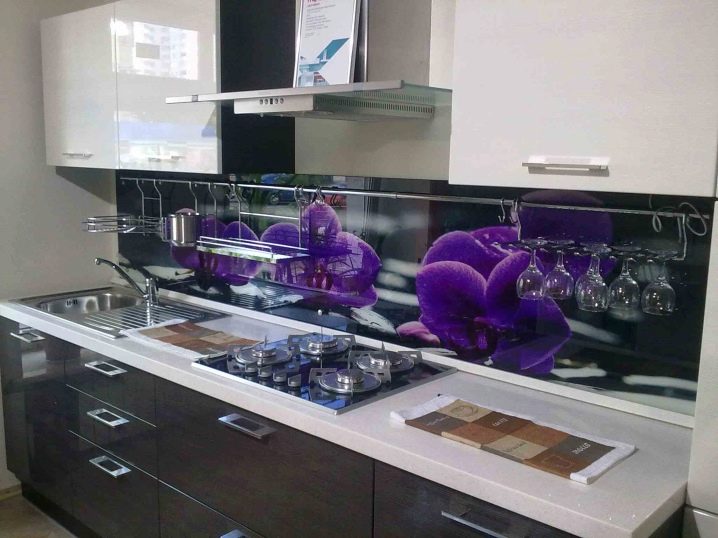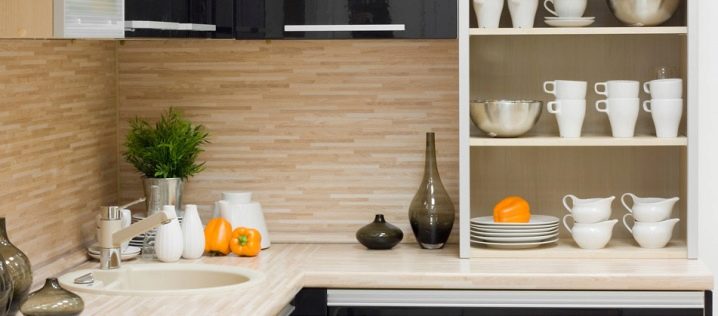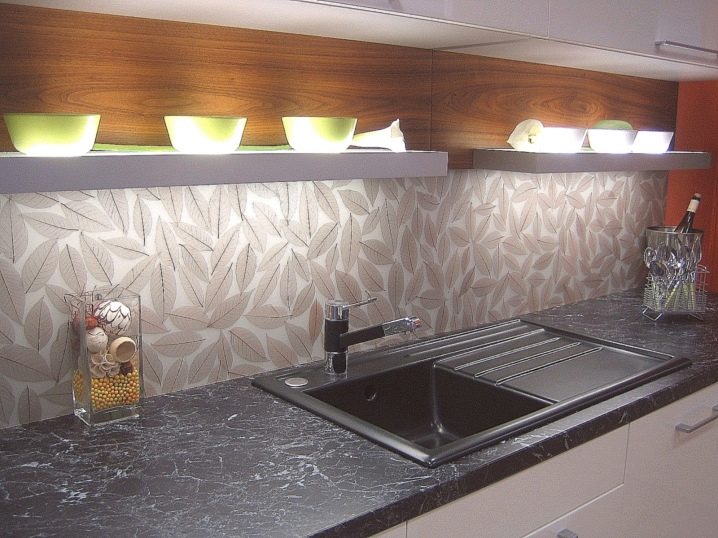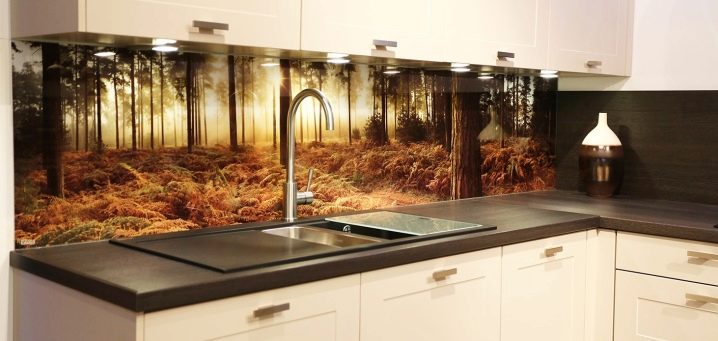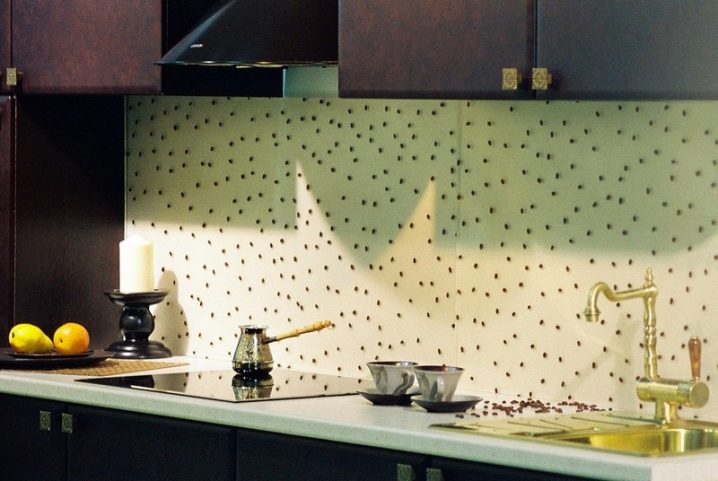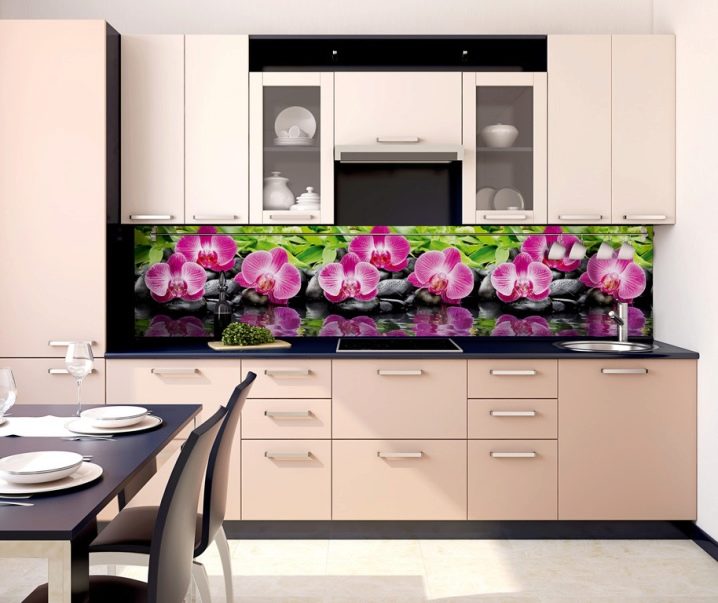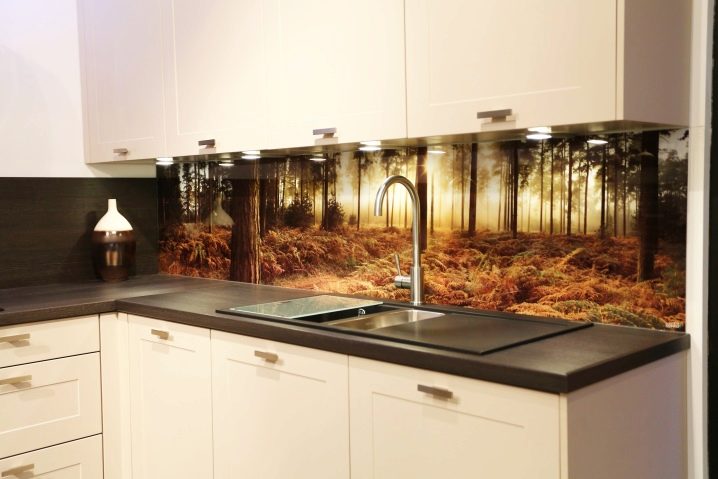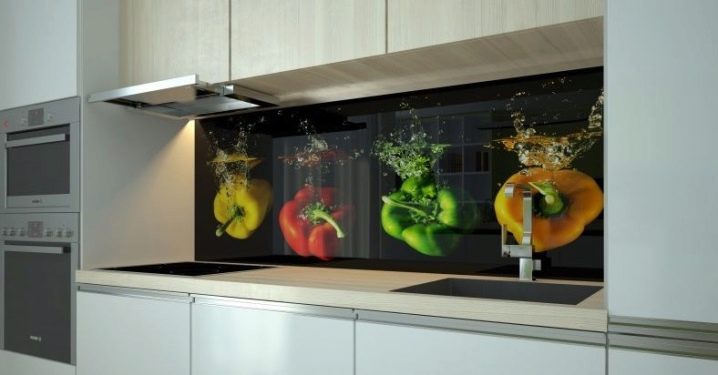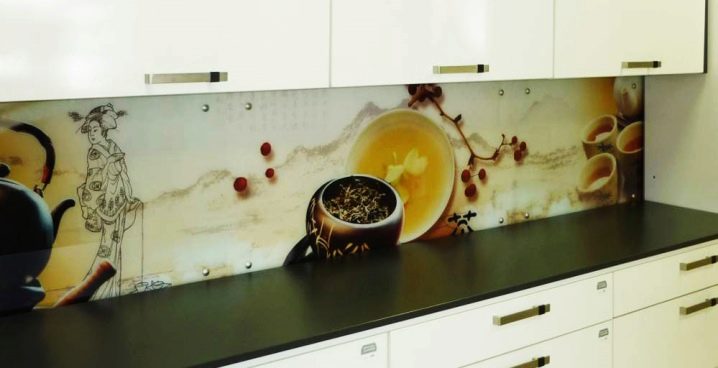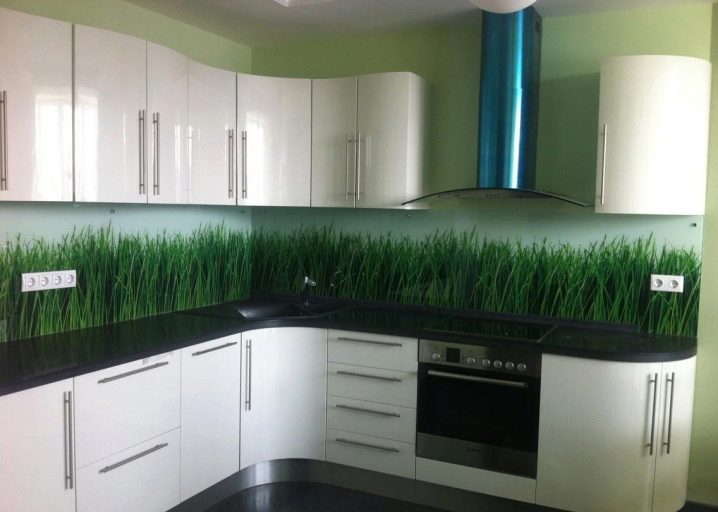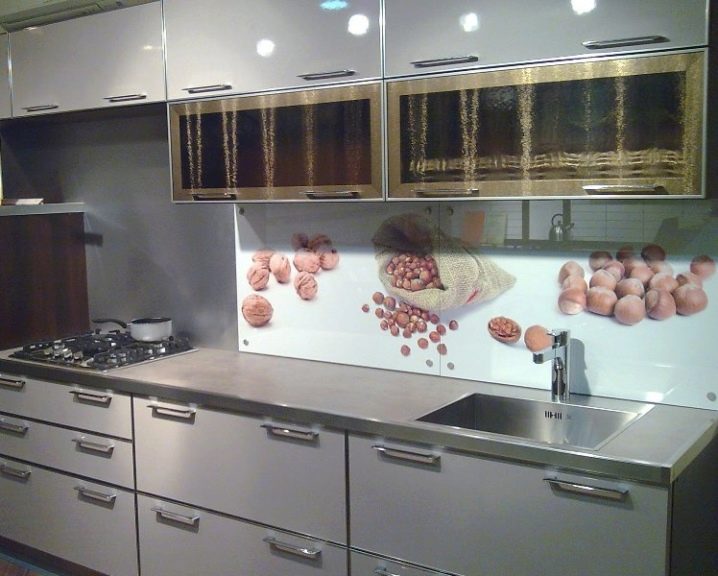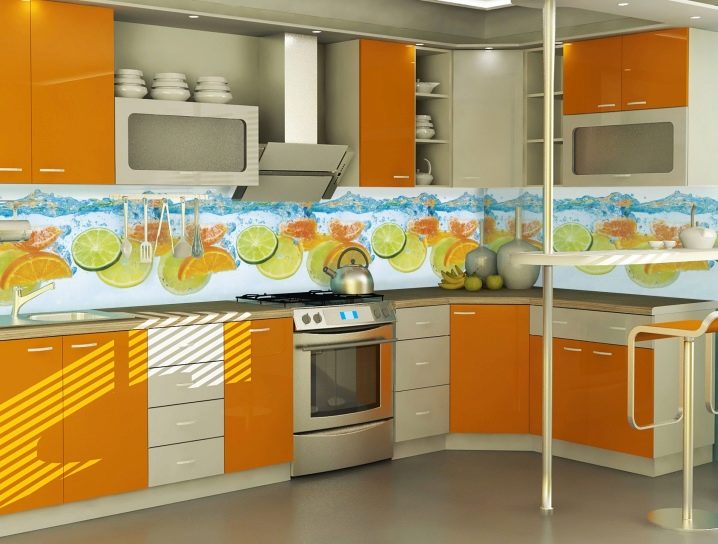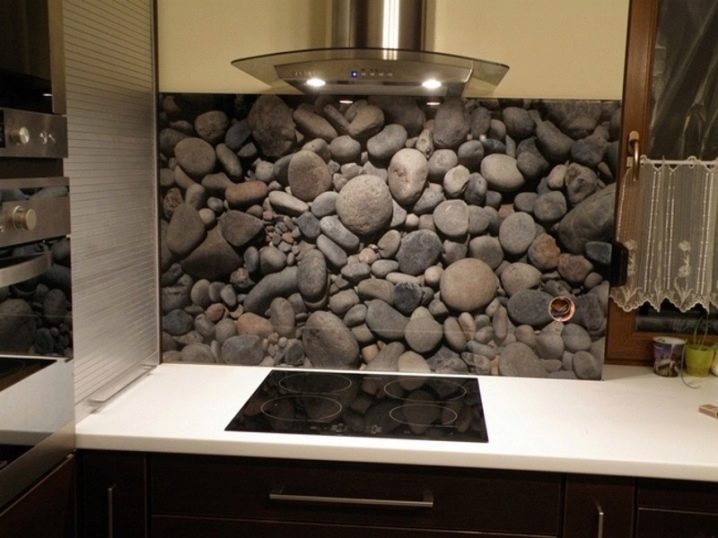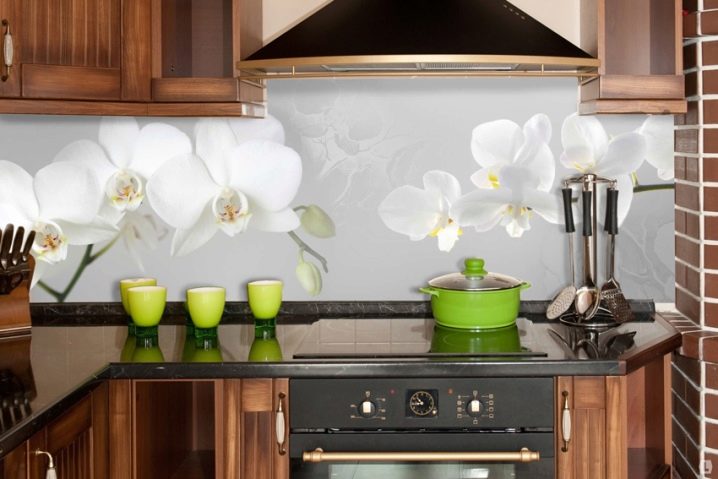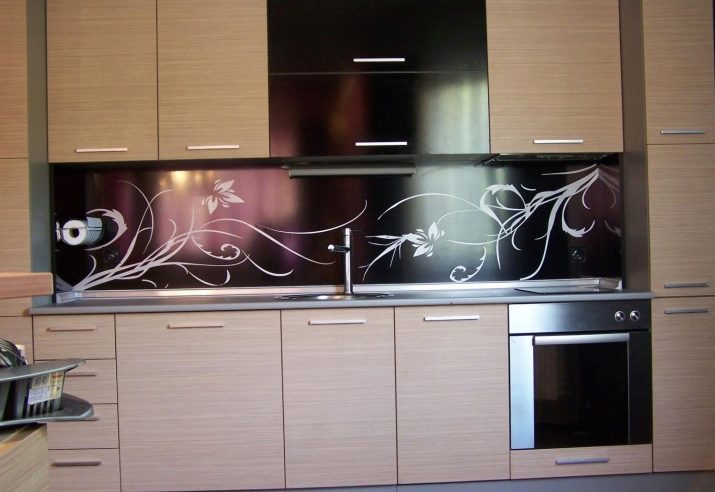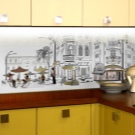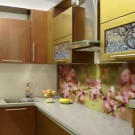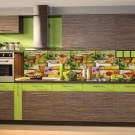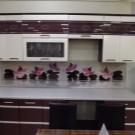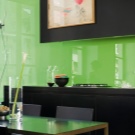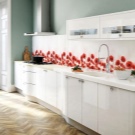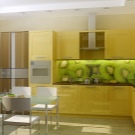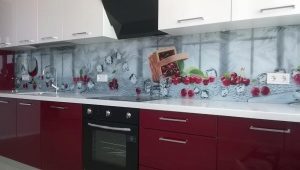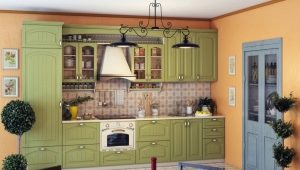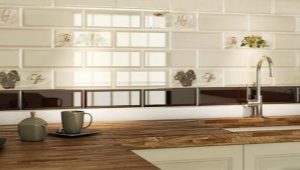HDF Kitchen Apron
Each modern and functional kitchen has many useful elements. One of them is an apron - a type of wall decoration that plays a protective role. Basically, these surfaces are located in work areas: near the stove, sink and countertops. The apron not only protects the walls from pollution, but also perfectly complements the interior of the room.
Finishing requirements
Before you start creating a kitchen apron on the wall, you need to familiarize yourself with the basic requirements that this coating must meet. These include:
- resistance to high temperatures. This is especially true when the kitchen unit includes a gas stove.
- hygiene. The material from which the apron is made should not absorb moisture or dirt. This contributes to the rapid development of bacteria, which negatively affects the cleanliness of the house. The material must have a low porosity.
- moisture resistance.There is always dampness in the kitchen, even if the hood is working at full capacity. The apron should not be afraid of moisture and steam.
To date, there are a large number of different materials that are used to decorate the walls in the kitchen. A special place in this list is occupied by HDF panels. In comparison with many species, this material has a fairly high performance properties, which is worth getting to know better.
Special features
HDF kitchen aprons consist of pressed plate. The basis of the material is made of wood mining. HDF aprons are used not only as a protective coating. This decoration is a great addition to the interior.
The advantages of the material are high density, resistance to temperature and strength. Plastic HDF panel well protects the walls from the ingress of fat and the appearance of various contaminants and even mold. If you need to update the design, the apron can be easily removed and replaced with another option.
Another advantage of HDF panels is that they respond well to processing.The material can be cut or cut if the need arises.
As for the design, the exterior design of the panel resemble tile, which also applies to the merits of HDF. An apron made from this material is easy to clean and does not deform under the influence of various detergents.
But, like any other type, the HDF panels have small drawbacks. Many experts and even buyers noted that the material is not very reliable. People who leave feedback on HDF panels claim that the surface can be easily damaged by mechanical impact or a small impact.
Another disadvantage is that the material is able to crumble. Basically, this happens during the preparation process. Therefore, during the acquisition of panels, you need to choose only high-quality and reliable coatings.
Sometimes the material is deformed under the constant influence of moisture. This happens if the panels are based on low-quality and cheap components.
Choice of design
The most popular options are aprons for the kitchen, in the design of which photo printing is used.The main advantage of these options is that they complement both light and dark interiors well. The most popular are colored panels that fit perfectly into the modern and even classic furnishings of the room. Often in the design of the kitchen can be found aprons, which depict beautiful poppies.
Such panels harmoniously look in bright interiors. Red shades perfectly complement the white headset. It is best to choose options with a neat pattern.
Also bee panels are popular. Such surfaces are different from other types of bright and original design. Basically, these options are used by those people who are not afraid to experiment with the interior of the kitchen, and choose bold and interesting ideas.
How to install
Installation of HDF panels is not difficult, so even a novice master will cope with this task. Installation is best to start when the kitchen is already equipped with a set. This will avoid measurement errors. There will not be large gaps between the material and the furniture.
Fastening of the panels can be done in two ways: on the batten and on glue.The first option is used if there are defects on the wall or the surface is not too smooth. For arranging the base, standard slats 20 by 40 cm are used. Before mounting, these elements are treated with linseed oil and then dried thoroughly.
The basis can be fixed both in vertical, and in the horizontal direction. The distance between the individual elements should not be less than 40-45 cm. The apron should be fixed on the basis of the slats with self-tapping screws. Sometimes for this process special “liquid nails” are used. This method is more complicated, but its advantage is that if necessary, the panel can be easily removed.
The adhesive method of fastening material is used in the absence of defects on the wall. This method can also be used if the panel is not too long. In the opposite case, the finish often sags.
Before proceeding with the installation, the wall is cleaned with sandpaper. This ensures good adhesion of the adhesive to HDF. The apron is cleaned of dirt on the back side, after which the composition is applied (“liquid nails”).The material is tightly applied to the wall, after which they wait for fixation. On the panel you need to knock with a special rubber hammer that will provide maximum grip.
After installation, the joints between the finish and the table top must be treated with a sealant. This will prevent moisture from getting inside.
Tips and recommendations for choosing
When choosing a suitable apron, you need to take into account the fact that you will not find a universal cover. During the acquisition of panels it is necessary to focus on the operating conditions, as well as your own preferences and capabilities.
Particular attention when choosing a material should be paid to the manufacturer. A good option would be the HDF panels from the company Aquaton. The company produces material in a concise and discreet design. Often, the panels are used for finishing rooms with a high level of humidity. Quite often, various wholesale companies offer customers products at a lower cost compared to prices in stores.
As for the installation, during execution, special attention should be paid not only to the material itself, but also to the seam filler.The joints between the individual elements should be as resistant to contamination and moisture. It is best to choose to fill two-component compositions.
Pay special attention to the choice of panels in accordance with the features of the kitchen interior. Plates should look harmoniously on the general background. That is why it is recommended to choose the material after arranging the room furniture. In this case, you can focus on the design of the kitchen in the process of purchasing a protective apron.
